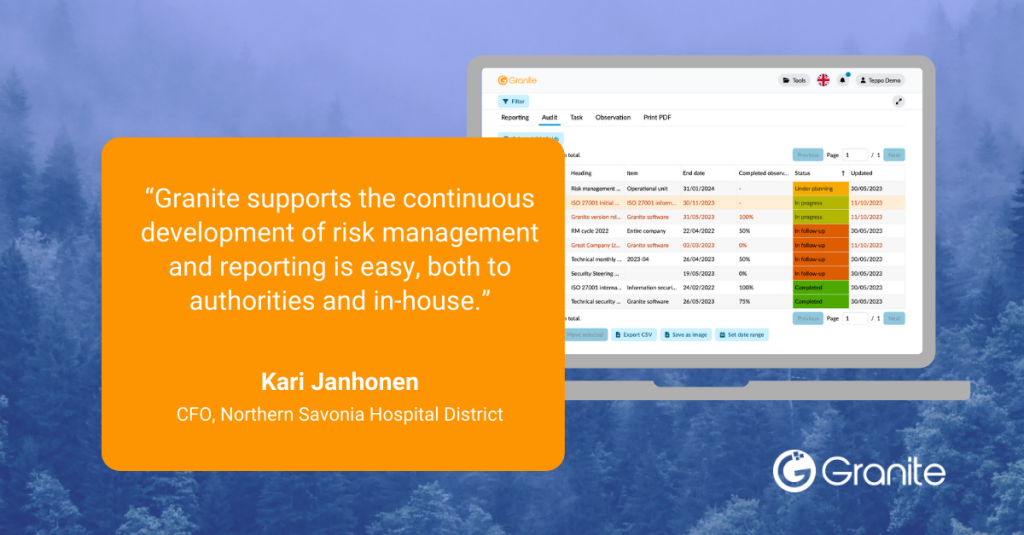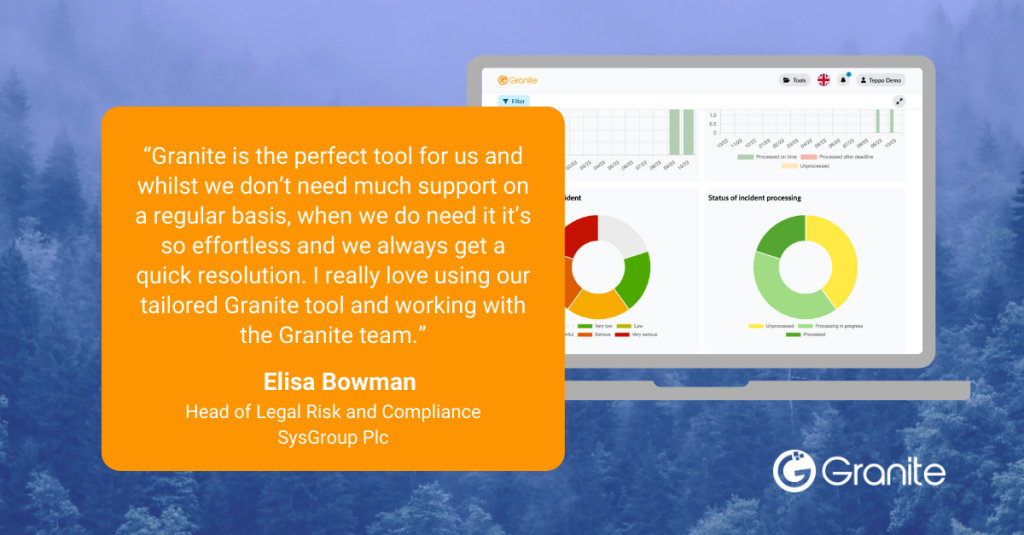In the fast-paced world of modern business, effective risk management is no longer a choice but a necessity. The challenges of managing risks have evolved, and traditional methods, such as manual processes and scattered spreadsheets, are struggling to keep up with the dynamic nature of these challenges. This article delves into the contemporary landscape of risk management, addressing the need for a practical solution that bridges the gap between overly complex enterprise systems and outdated manual approaches. We’ll explore the key issues faced in risk management and how a balanced approach can empower your organization to navigate these challenges effectively and seize opportunities.

The Downside of Spreadsheets
Let’s face it, spreadsheets have been the go-to choice for many organizations regarding risk management. They are familiar, readily available, and seemingly cost-effective. However, the reality is far from ideal. Managing risks with spreadsheets can quickly turn into a chaotic and error-prone process. Information is often scattered across multiple files, making it challenging to maintain a clear and up-to-date overview.
“In today’s world, using Excel for risk management is no longer sensible. Comprehensive and result-oriented risk management requires appropriate tools. Granite’s functions made it possible for risk management to be developed and brought closer to practice.”
-Eija Simonen-Riikonen, Resource Director, Suur-Savon Sähkö
While spreadsheets may provide some level of control, they lack the visibility and efficiency required in today’s business environment. It’s a labor-intensive process that often leaves organizations without the clarity of the bigger picture. Spreadsheets also lack the professionalism that important processes – like risk management – require. You should be able to easily demonstrate to all stakeholders that the whole risk management process is effective and its trustworthiness is auditable at any time.

The Complexity of Enterprise Systems
At the opposite extreme, there are complex and costly enterprise systems. While they may appear perfect on paper, they often require extensive IT projects, significant investments, and substantial time to implement. These systems can be overcomplicated, leading to resistance from users and, at times, poor adoption rates.
“Granite is incredibly easy to work with, combining fantastic communication throughout (and after) the onboarding process with knowledgeable people and a great product which was tailored to the needs of our organisation.”
-Gary Ellison, Senior Risk Manager, Vaultex UK Ltd
Large enterprise systems may overwhelm everyone with their massive feature stack but it’s important to know and realise what are the important features that provide the results.
The best of both worlds
This balanced approach fits neatly between the two extremes, providing a straightforward, user-friendly, and cost-effective method for efficient risk management. Here are the main factors that make risk management platforms both easy and highly effective:
1. Fastest Time-to-Value
A risk management platform should be quick to configure and seamlessly integrate into your existing processes. This means you can start reaping the benefits of advanced risk management in a matter of weeks, not months.
2. A Simple Way to Demonstrate Compliance
A risk management platform should help you remain compliant with regulations and maintain transparency with stakeholders, ensuring trust and credibility in your business operations. It streamlines compliance processes and makes them easily manageable.
3. Making Risk Management a Performance Driver
Standardized evaluation processes and follow-up procedures provide consistent and efficient workflows across your organization, making risk management a performance driver rather than a burden.
4. Stay on Top of Your Progress
Automating progress reporting saves valuable time and resources. You’ll be able to provide accurate and timely updates on your business performance without the hassle of manual reporting.

Granite is not just software
it’s a transformative tool that can shape the future of your organization’s risk management. With over 200,000 satisfied users across the globe and a track record of serving various industries, Granite is a trusted solution for streamlining processes and effectively managing risk. Don’t settle for messy spreadsheets or overly complex systems; choose the practical best practice with Granite and take control of your risks while seizing opportunities. Book a demo today and see the difference for yourself.
Take a first step towards risk management practical best practice in your organisation – book a 15 min demo now!

